Home>Articles>How To Keep Cats From Scratching Leather Furniture
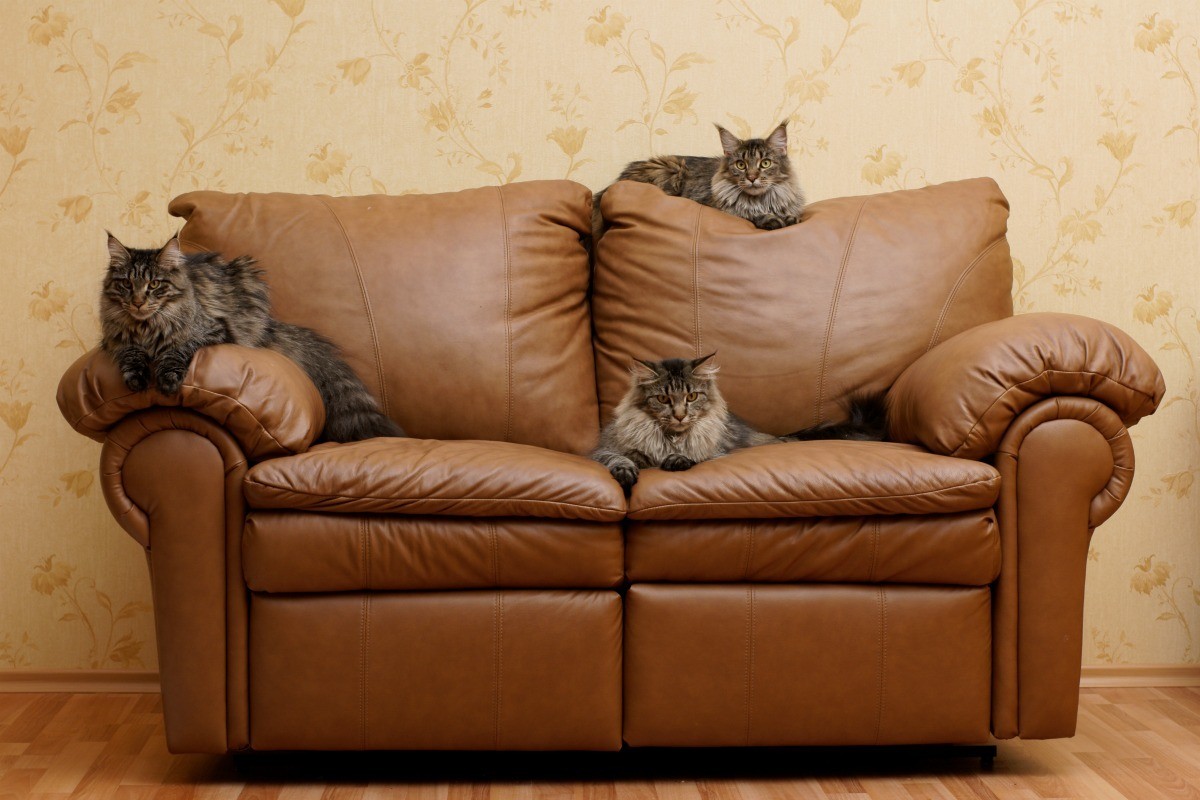

Articles
How To Keep Cats From Scratching Leather Furniture
Modified: August 26, 2024
Discover effective ways to prevent cats from scratching your leather furniture. Keep your furniture safe and scratch-free with our expert tips and solutions.
(Many of the links in this article redirect to a specific reviewed product. Your purchase of these products through affiliate links helps to generate commission for Storables.com, at no extra cost. Learn more)
Introduction
Furniture plays a significant role in our homes, providing functionality, comfort, and style. However, for cat owners, it can be a challenge to keep their feline friends from scratching the beloved leather furniture. Cats have a natural instinct to scratch, which helps them stretch their muscles, mark their territory, and maintain the health of their claws. While scratching is a normal behavior for cats, it can often result in damage to our furniture.
In this article, we will explore effective strategies to keep cats from scratching leather furniture. By understanding why cats scratch and providing appropriate alternatives, we can protect our furniture while ensuring our furry companions are satisfied. We will also discuss the use of deterrents, establishing a regular grooming routine, and creating a cat-friendly environment. So, let’s dive in and discover how to maintain harmony between our cats and our leather furniture.
Key Takeaways:
- Protect your leather furniture from cat scratching by providing suitable alternatives like scratching posts and pads. Use deterrents and establish a regular grooming routine to redirect your cat’s behavior and create a cat-friendly environment.
- Understand your cat’s scratching behavior and implement strategies such as positive reinforcement, consistent deterrent use, and environmental enrichment to maintain harmony in your home while protecting your leather furniture.
Read more: How To Keep Cats From Scratching Rugs
Understanding why cats scratch furniture
Before we delve into the solutions, it’s important to understand why cats have an innate need to scratch. Scratching serves various purposes for our furry friends:
- Stretching: Scratching allows cats to stretch their muscles, promoting flexibility and helping them stay agile.
- Marking territory: Cats have scent glands in their paws, and when they scratch, they leave behind their scent, effectively marking their territory.
- Maintaining claw health: Scratching helps cats shed the outer layer of their claws, keeping them sharp and healthy.
With these instinctual needs in mind, it’s important to provide appropriate alternatives for your cat to satisfy their scratching behavior. By doing so, you can redirect their focus away from your leather furniture.
One of the best ways to provide alternatives is by investing in a scratching post or cat tree. These come in various shapes, sizes, and materials, including sisal rope and cardboard. Place the scratching post near the furniture your cat tends to scratch, encouraging them to use it instead. Additionally, consider the height of the post, as cats often enjoy stretching and scratching while vertical.
Another trick is to sprinkle catnip on the scratching post to attract your cat’s attention. Catnip is a natural herb that many cats find irresistible. By associating the scratching post with a pleasant experience, your cat will be more inclined to use it.
Remember that every cat is unique, with individual preferences. Some cats may prefer vertical scratching surfaces, while others may prefer horizontal ones. Observe your cat’s scratching behavior to determine their preferences and provide suitable alternatives accordingly.
Providing appropriate scratching alternatives
As mentioned earlier, offering appropriate scratching alternatives is crucial to redirect your cat’s scratching behavior away from your leather furniture. Here are some effective alternatives to consider:
- Scratching Posts: Invest in a high-quality scratching post or cat tree made of materials like sisal rope or cardboard. Place it in an easily accessible and visible area of your home. You can even have multiple scratching posts throughout your house to provide options for your cat.
- Scratching Pads: Consider using scratching pads or mats made of sisal or corrugated cardboard. These can be placed on the floor or mounted on walls, giving your cat additional scratching surfaces.
- Scratching Boards: Wall-mounted scratching boards offer a vertical scratching surface and can be a great alternative, especially if your cat prefers this type of scratching.
When introducing a new scratching alternative, make it more enticing by incorporating positive reinforcement. Praise and reward your cat with treats or playtime when they use the scratching post or pad. This will help reinforce the desired behavior and make the alternative more appealing to your cat.
In addition to providing appropriate scratching surfaces, it’s essential to make the furniture less appealing to your cat. Cover the targeted furniture with a protective covering, like a slipcover or a blanket, to minimize damage. Ensure the coverings are secure and fit properly to deter your cat from scratching.
It’s also important to consider the placement of furniture. Avoid positioning it near windows or doors, as cats are more likely to scratch in these areas to mark their territory. Rearranging the furniture can help redirect your cat’s attention to the designated scratching alternatives.
By providing suitable scratching alternatives and making the furniture less attractive to your cat, you can effectively protect your leather furniture and promote healthy scratching habits for your furry friend.
Using deterrents to protect leather furniture
While providing appropriate scratching alternatives is crucial, sometimes it’s also necessary to use deterrents to protect your leather furniture from your cat’s sharp claws. There are several methods you can employ to discourage your cat from scratching your prized possessions:
- Double-sided tape: Cats dislike the sticky texture of double-sided tape. Apply it to the areas of your leather furniture that your cat tends to scratch. The sticky surface will deter your cat from scratching and train them to avoid those areas.
- Aluminum foil: The sound and feel of aluminum foil can be unpleasant for cats. Place strips of foil on the furniture to make it less appealing for scratching. However, it’s important to note that some cats may not be deterred by this method.
- Commercial deterrent sprays: There are various commercial sprays available that have an unpleasant scent or taste to deter cats from scratching. Make sure to choose a cat-safe spray and follow the instructions for application.
Consistency is key when using deterrents. Apply the deterrents consistently and reapply them as needed. It’s also important to provide your cat with alternative scratching surfaces nearby, ensuring they have appropriate outlets for their scratching needs.
In addition to using deterrents, you can also trim your cat’s claws regularly to minimize the damage caused by scratching. It’s best to consult with a veterinarian or a professional groomer to learn how to trim your cat’s claws safely and effectively.
Remember, it’s important to approach the use of deterrents with patience and understanding. It may take some time for your cat to adjust and establish the habit of using the appropriate scratching alternatives instead of your leather furniture.
By combining the use of deterrents with providing suitable scratching alternatives, you can protect your leather furniture and guide your cat towards more acceptable scratching behaviors.
To keep cats from scratching leather furniture, provide them with a scratching post or pad, trim their nails regularly, and use a deterrent spray on the furniture.
Establishing a regular grooming routine for your cat
In addition to providing appropriate scratching alternatives and using deterrents, establishing a regular grooming routine for your cat can help reduce their urge to scratch furniture, including your leather pieces. Here are some grooming tips to consider:
- Brushing: Regular brushing helps remove loose fur, prevents matting, and keeps your cat’s coat healthy. By grooming your cat regularly, you can minimize shedding and reduce the need for scratching to remove loose hair.
- Nail Trimming: Keeping your cat’s nails trimmed is essential to prevent damage from scratching. Invest in a pair of cat nail clippers and learn how to trim your cat’s nails safely. Regular nail trims will help blunt the tips of their claws, reducing the potential harm to your furniture.
- Scratching Post Maintenance: Inspect and maintain your cat’s scratching post regularly. Trim any loose threads or frayed areas to ensure a smooth and satisfying scratching surface for your cat. If the scratching post becomes worn out or damaged, consider replacing it to maintain its effectiveness.
- Positive Reinforcement: During grooming sessions, use positive reinforcement by offering treats or praise to create a positive association with the experience. This will help your cat feel more relaxed during grooming sessions and strengthen the bond between you and your furry friend.
Establishing a grooming routine not only benefits your cat’s well-being but also helps reduce their natural scratching instincts. Regular brushing and nail trimming can significantly minimize the need for your cat to scratch furniture, including your leather pieces.
Remember to approach grooming sessions with patience and gentleness. If your cat shows signs of stress or discomfort, take breaks and try again later. Gradually acclimate your cat to the grooming routine to make it a positive and stress-free experience for both of you.
In combination with providing scratching alternatives and using deterrents, regular grooming can contribute to a harmonious living environment where your cat’s scratching needs are met without causing damage to your leather furniture.
Read more: How To Train Cats To Not Scratch Furniture
Maintaining a cat-friendly environment
Creating a cat-friendly environment goes hand in hand with preventing your furry friend from scratching your leather furniture. By providing an environment that meets their natural instincts and needs, you can effectively reduce their desire to scratch in unwanted areas. Here are some tips on maintaining a cat-friendly environment:
- Vertical Space: Cats love to climb and perch in high places. Provide tall cat trees, shelves, or window perches where your cat can safely observe their surroundings. This will give them an outlet to exercise, satisfy their natural curiosity, and minimize the urge to scratch furniture.
- Interactive Toys: Toys that engage your cat mentally and physically are essential in a cat-friendly environment. Interactive toys, such as puzzle feeders or toys that dispense treats, help stimulate your cat’s natural hunting instincts. Engaging your cat in regular play sessions will help burn off excess energy and reduce the likelihood of destructive behaviors like scratching furniture.
- Hideaways and Enclosed Spaces: Cats enjoy having privacy and a sense of security. Provide cozy hideaways or enclosed spaces, such as cat caves or covered beds, where your cat can retreat and feel safe. These spaces can also serve as alternative scratching surfaces.
- Environmental Enrichment: Keep your cat mentally stimulated by introducing various enrichment activities. This can include puzzle toys, scratching posts with attached toys, or even a cat-friendly garden with safe plants they can explore. By providing plenty of environmental enrichment opportunities, your cat will be more engaged and less likely to resort to destructive scratching.
It’s also important to create a space that allows for relaxation and comfort. Provide soft, cozy bedding and ensure your cat has access to a litter box, food, and water in a quiet and easily accessible area. A content and stress-free cat will be less inclined to scratch furniture out of anxiety or frustration.
By setting up a cat-friendly environment that caters to your feline friend’s natural instincts and needs, you can create a harmonious living space where the urge to scratch your leather furniture is greatly diminished.
Conclusion
Keeping cats from scratching leather furniture can be a challenging task, but with the right strategies and understanding of their behavior, it is possible to maintain harmony in your home. By providing appropriate scratching alternatives, using deterrents, establishing a regular grooming routine, and maintaining a cat-friendly environment, you can satisfy your cat’s natural instincts while protecting your cherished leather furniture.
Remember, redirection is key. By providing scratching posts, pads, or boards made of suitable materials and positioning them strategically, you can help your cat form positive scratching habits. Reinforce these behaviors with praise and treats, and make the alternatives more enticing by incorporating catnip or other attractive scents.
Deterrents can also play a role in protecting your leather furniture. Double-sided tape, aluminum foil, or commercial sprays can discourage scratching in unwanted areas. Consistency and providing alternative scratching surfaces are essential in this process.
In addition, establishing a regular grooming routine by brushing your cat’s coat, trimming their nails, and maintaining their scratching posts helps reduce their scratching impulses. Positive reinforcement during grooming sessions can make the experience enjoyable for both you and your cat.
Creating a cat-friendly environment is vital in preventing destructive scratching. Vertical spaces for climbing and perching, interactive toys for mental and physical stimulation, and cozy hideaways contribute to a fulfilling environment that satisfies your cat’s natural instincts.
In conclusion, by understanding your cat’s scratching behavior and implementing these strategies, you can successfully protect your leather furniture while ensuring your furry companion remains happy and fulfilled. With patience, consistency, and a bit of creativity, you can create a harmonious home where both you and your cat can coexist peacefully.
Frequently Asked Questions about How To Keep Cats From Scratching Leather Furniture
Was this page helpful?
At Storables.com, we guarantee accurate and reliable information. Our content, validated by Expert Board Contributors, is crafted following stringent Editorial Policies. We're committed to providing you with well-researched, expert-backed insights for all your informational needs.
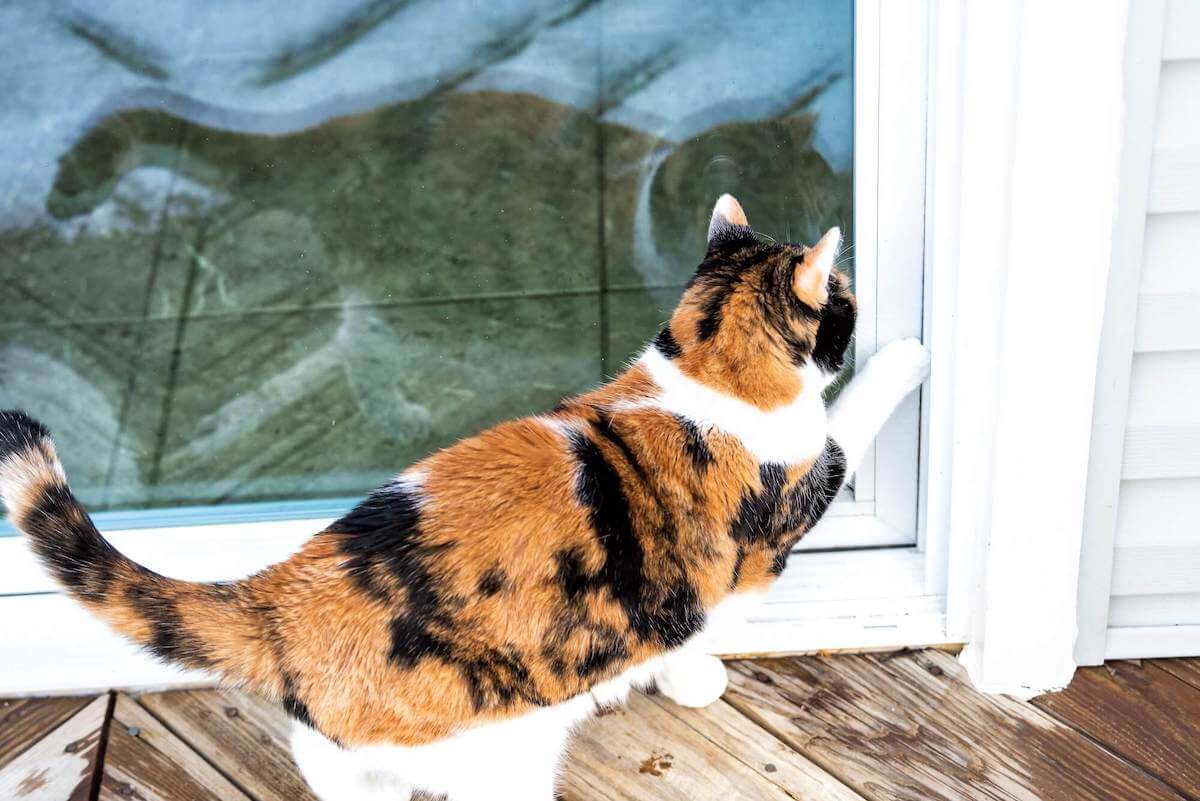
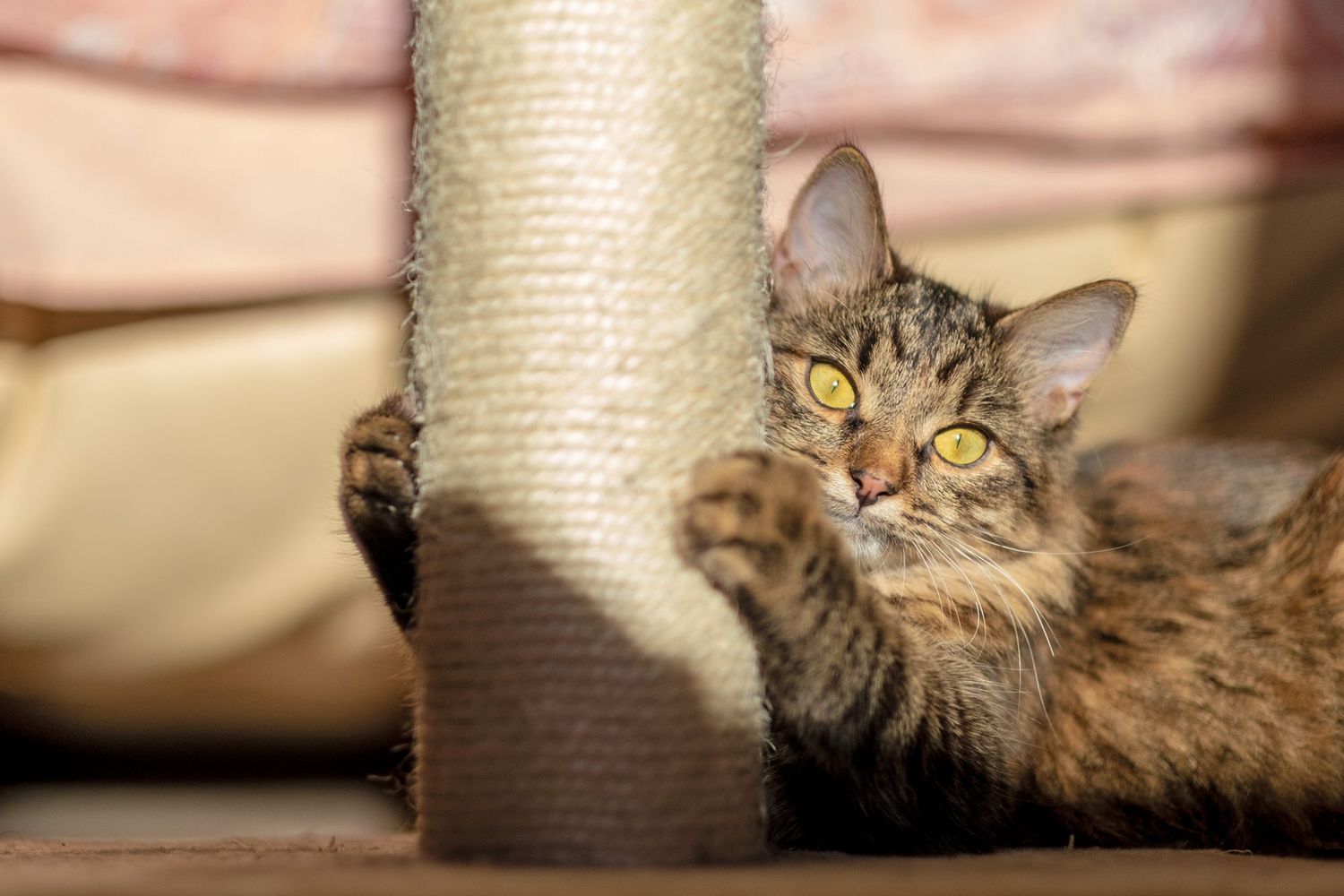
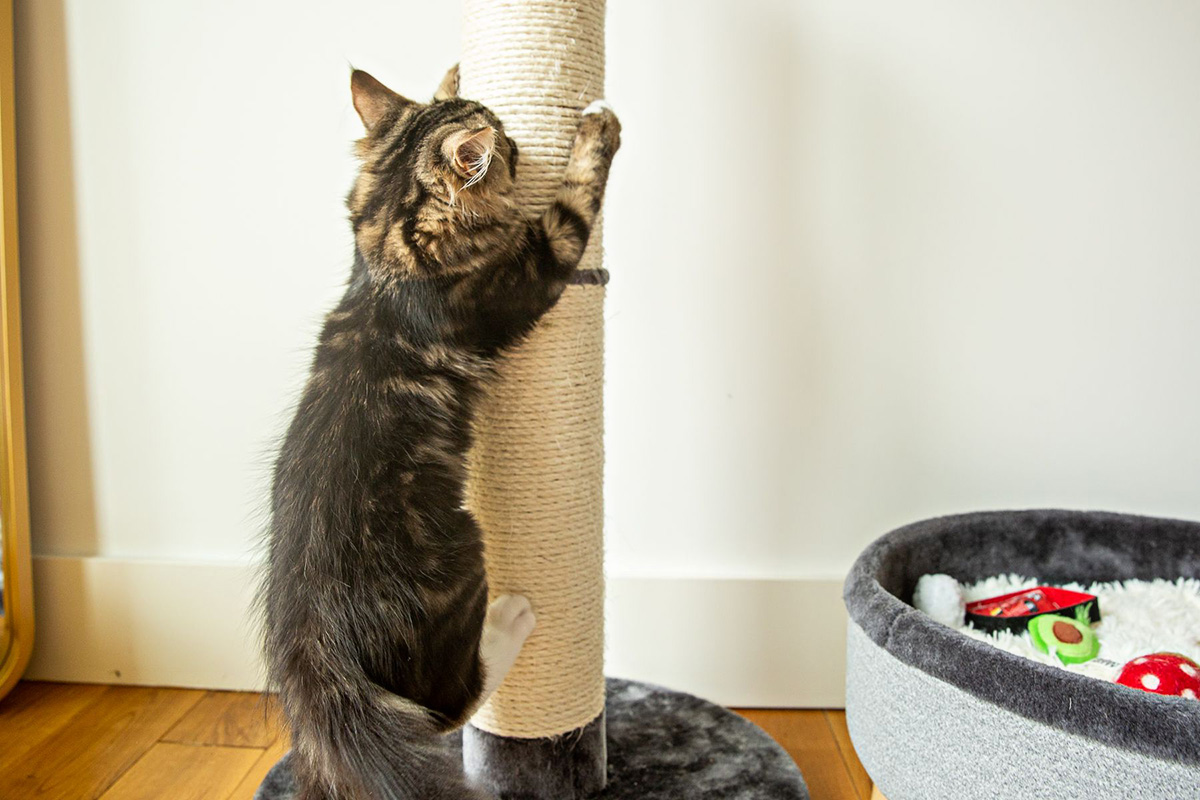
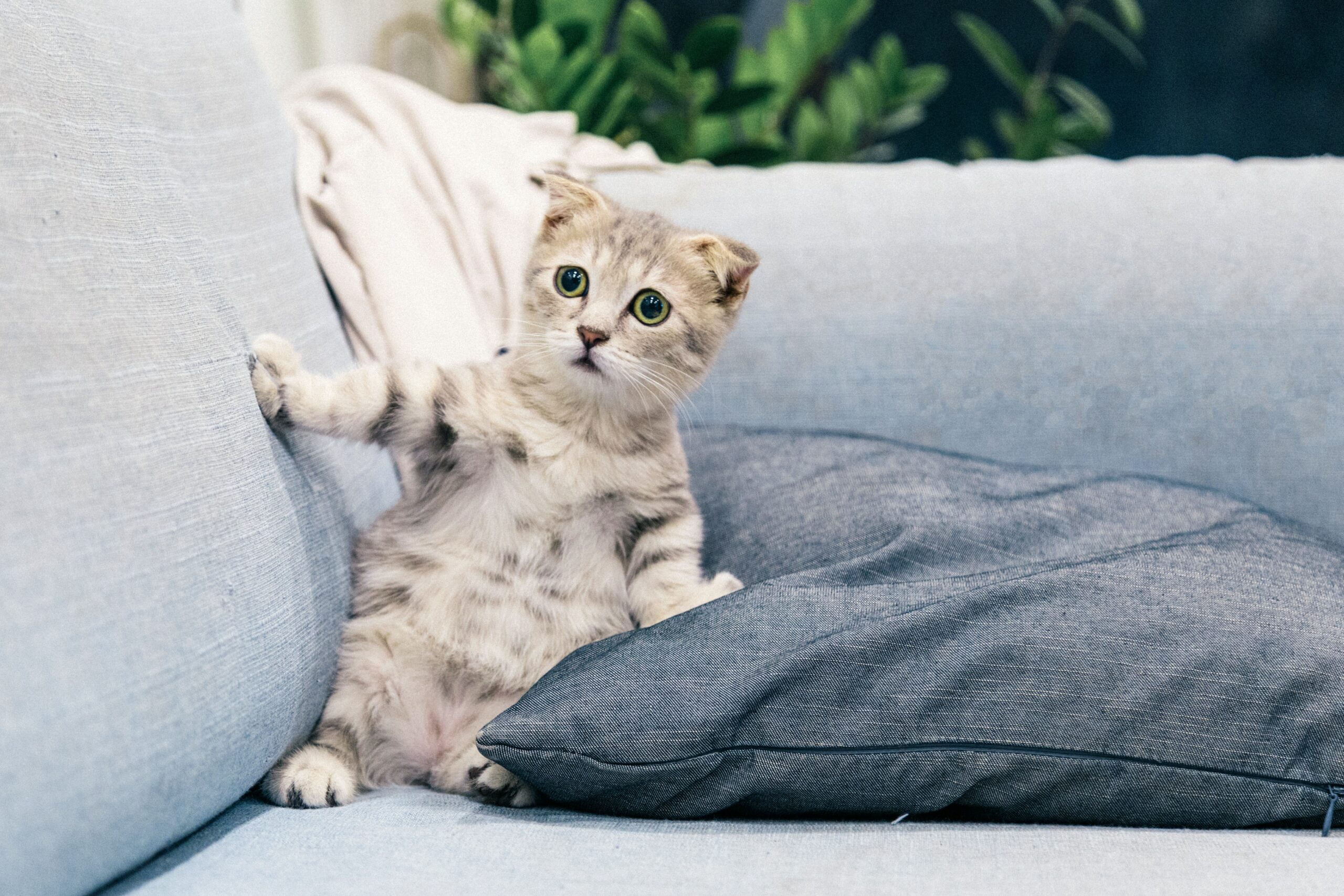
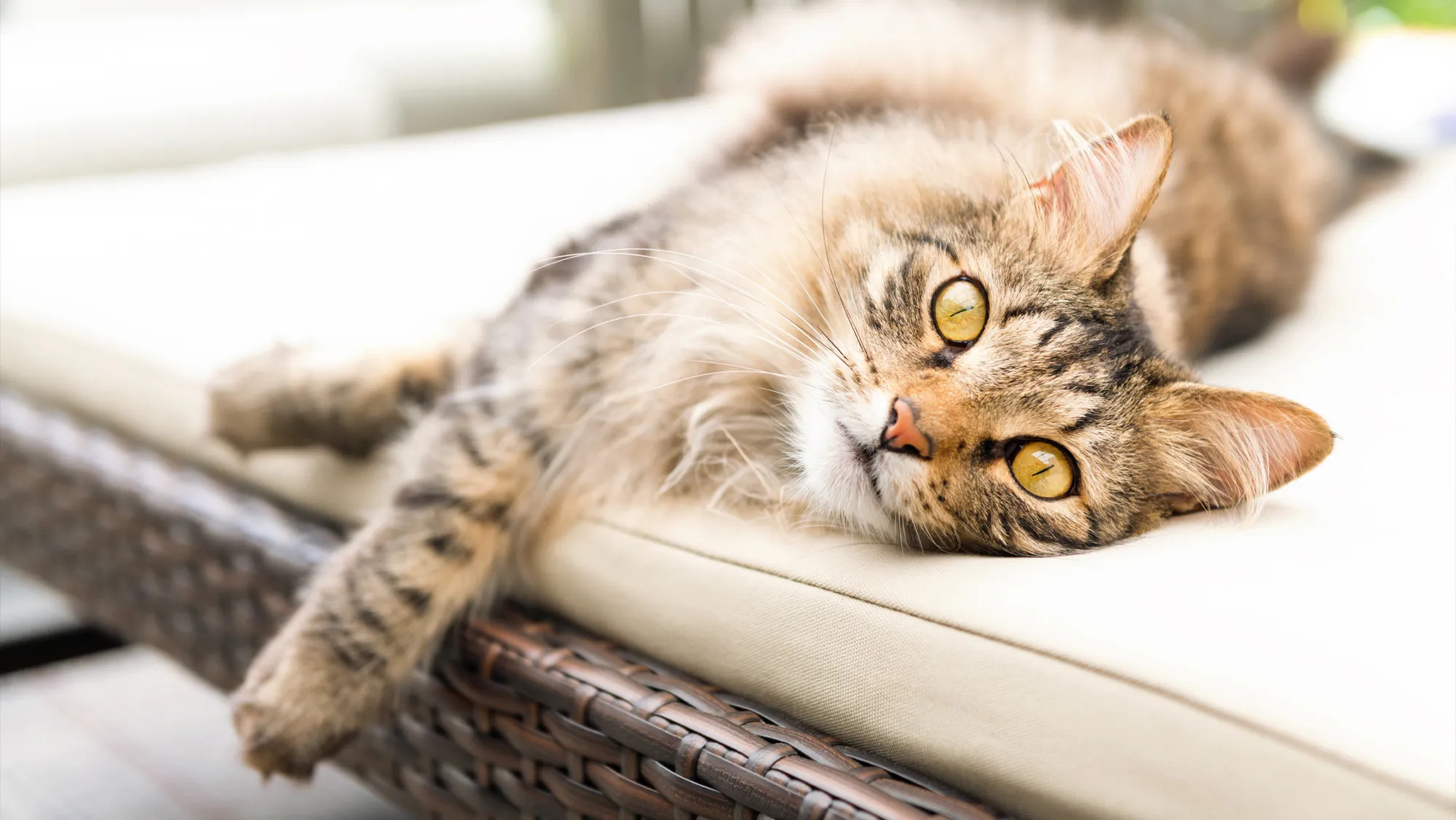

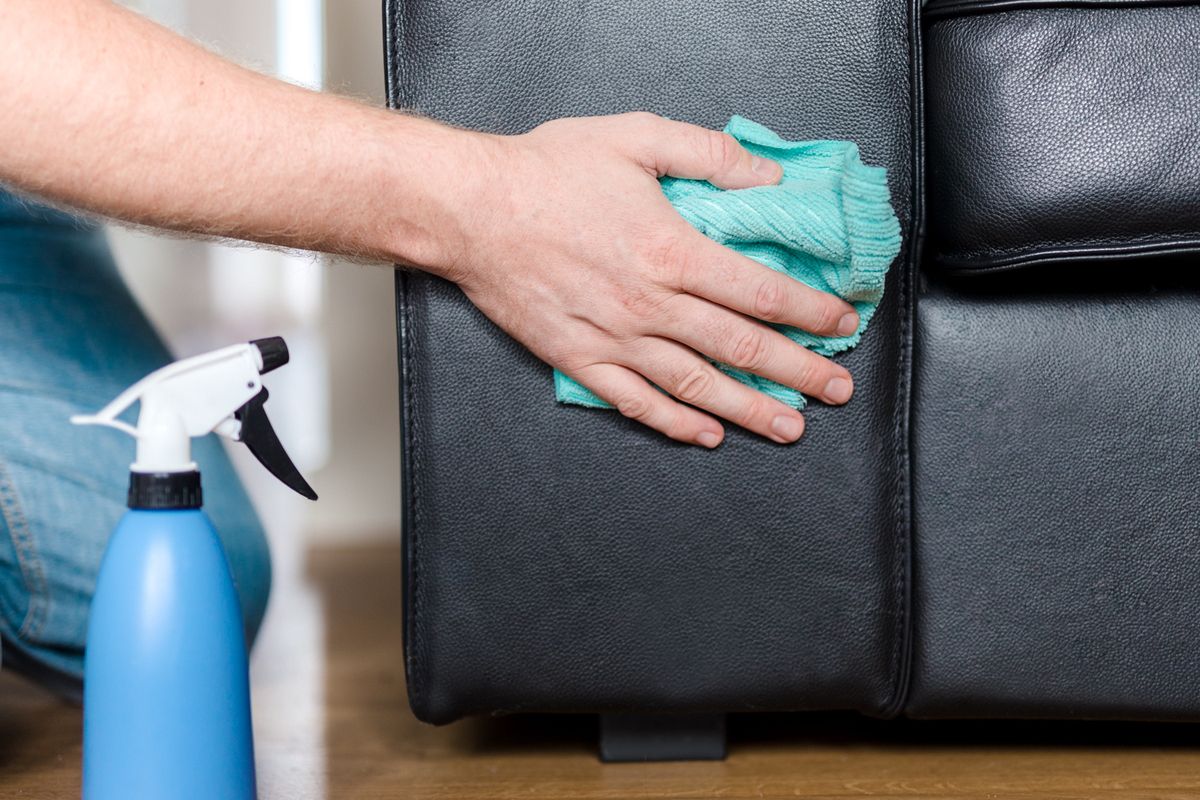
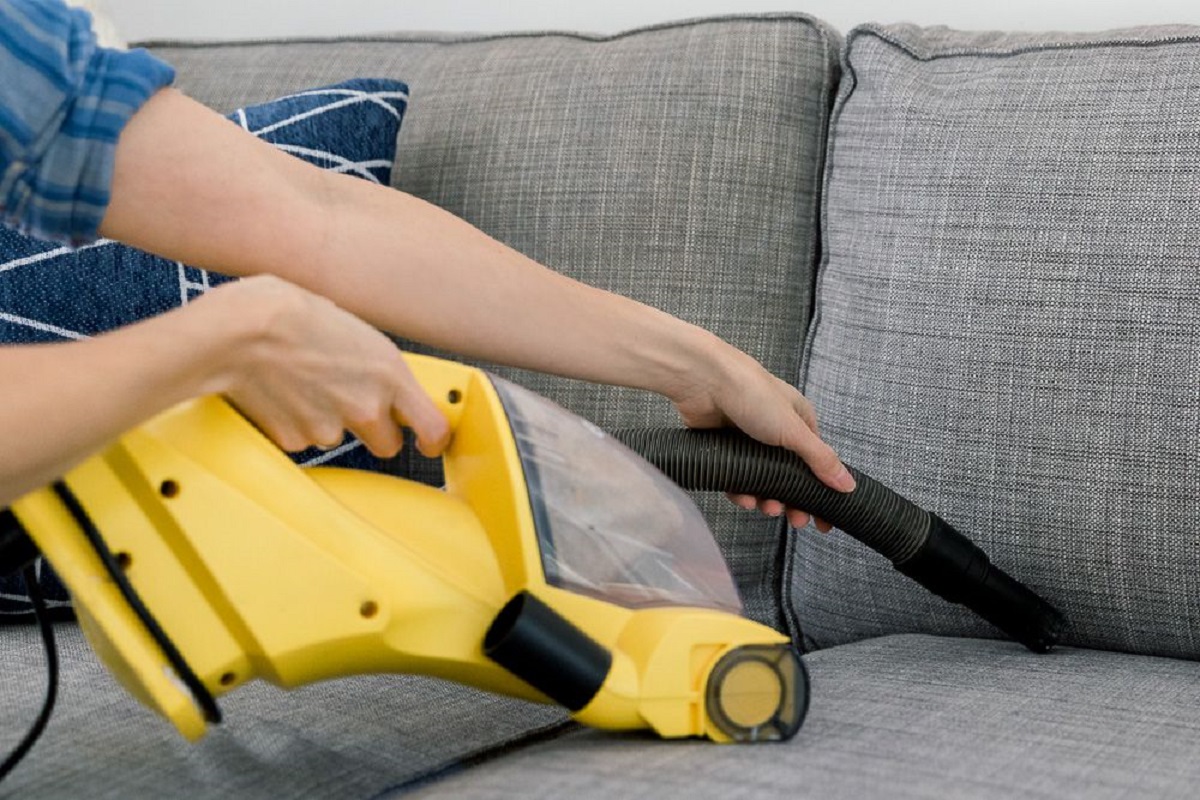
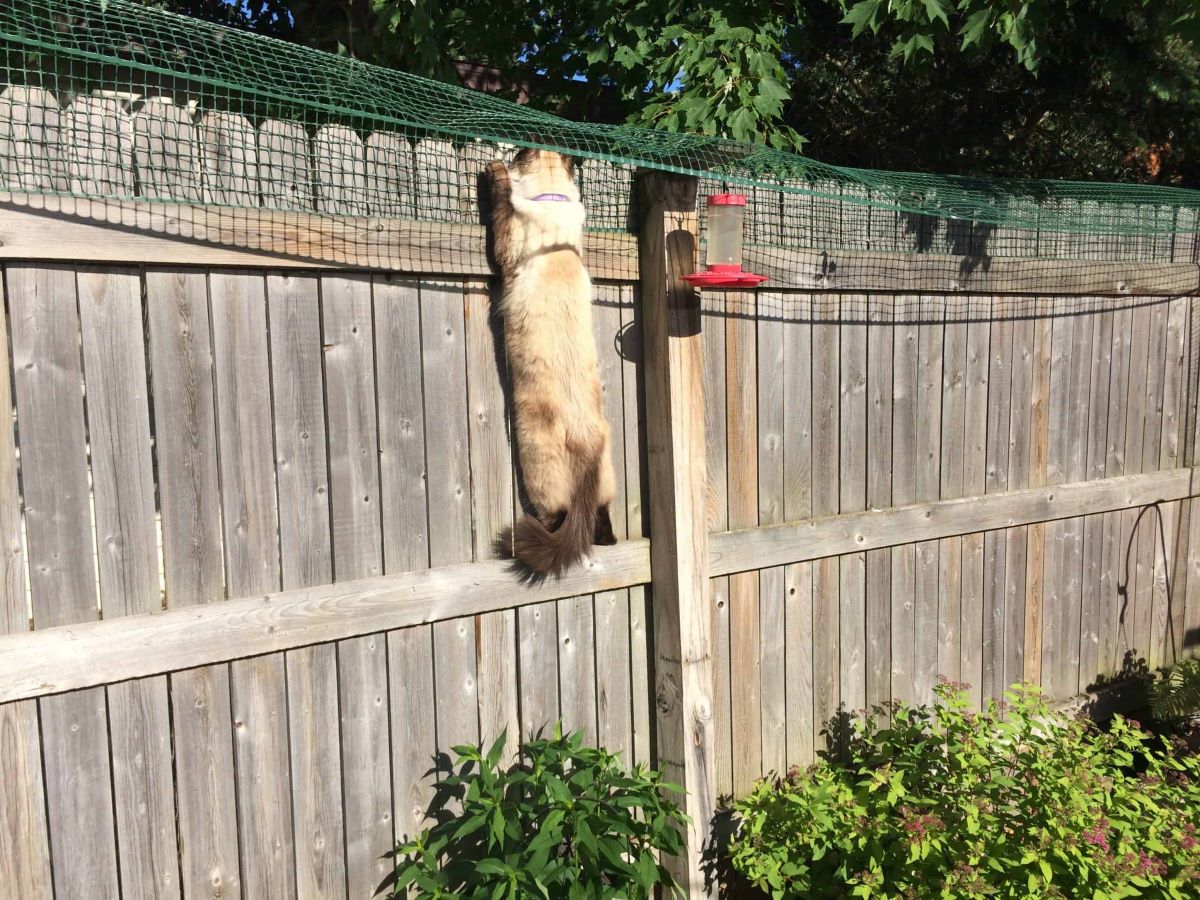
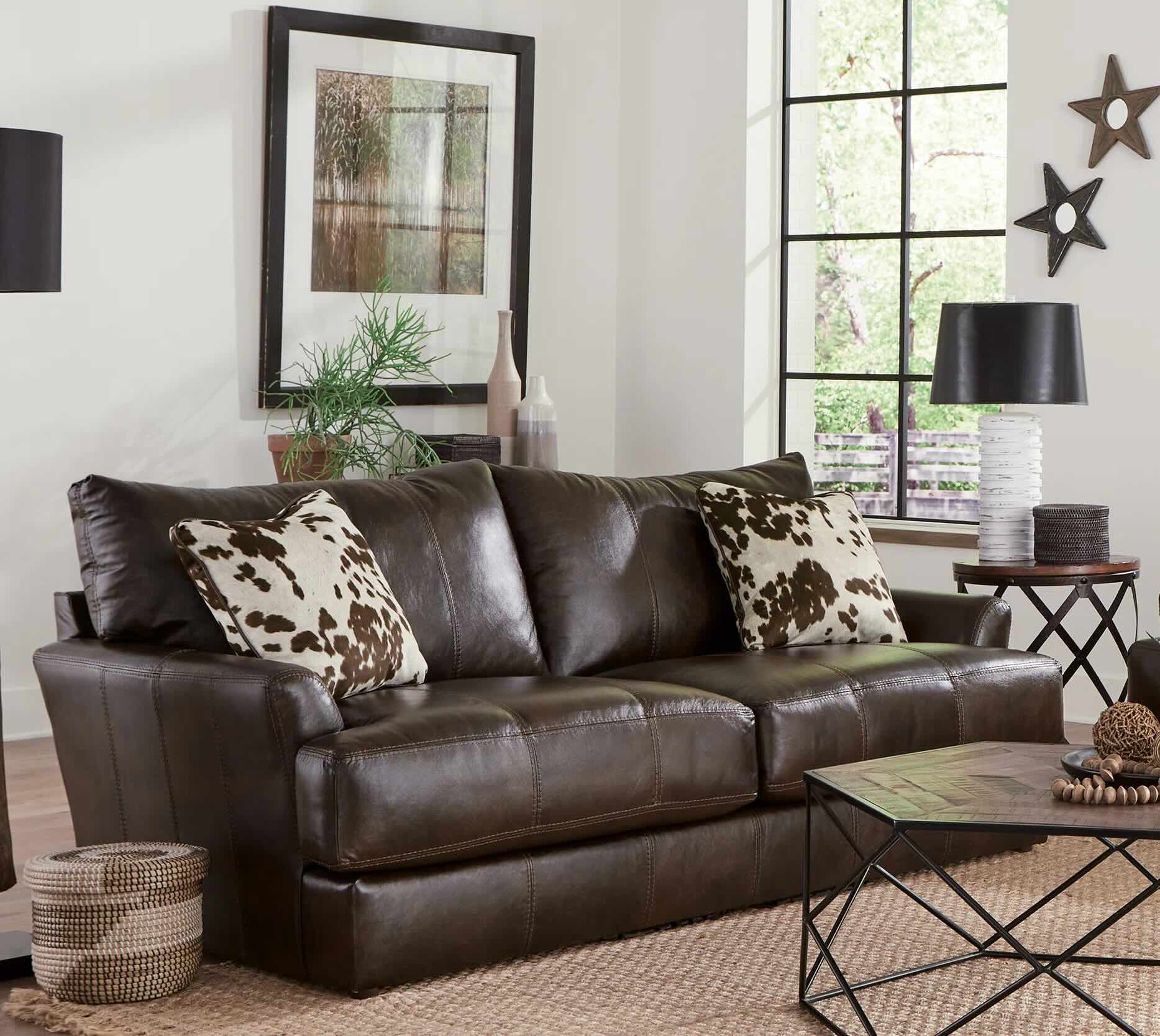

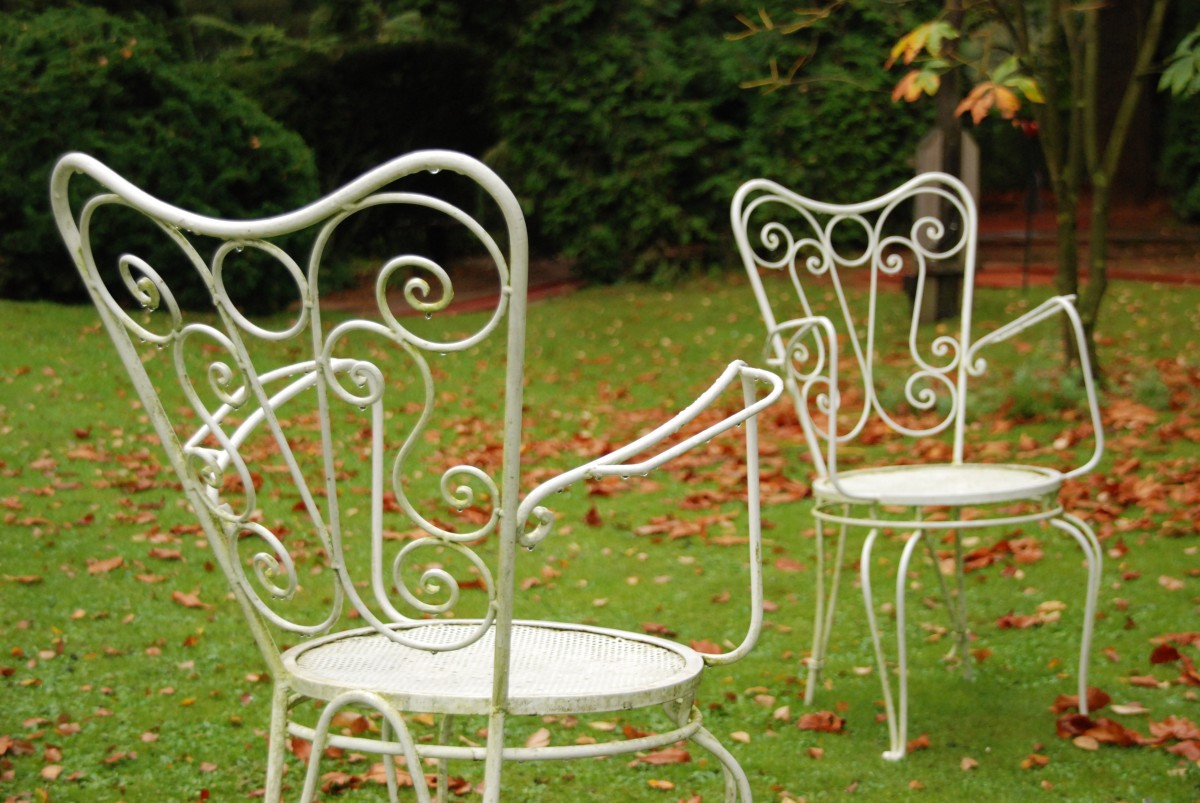
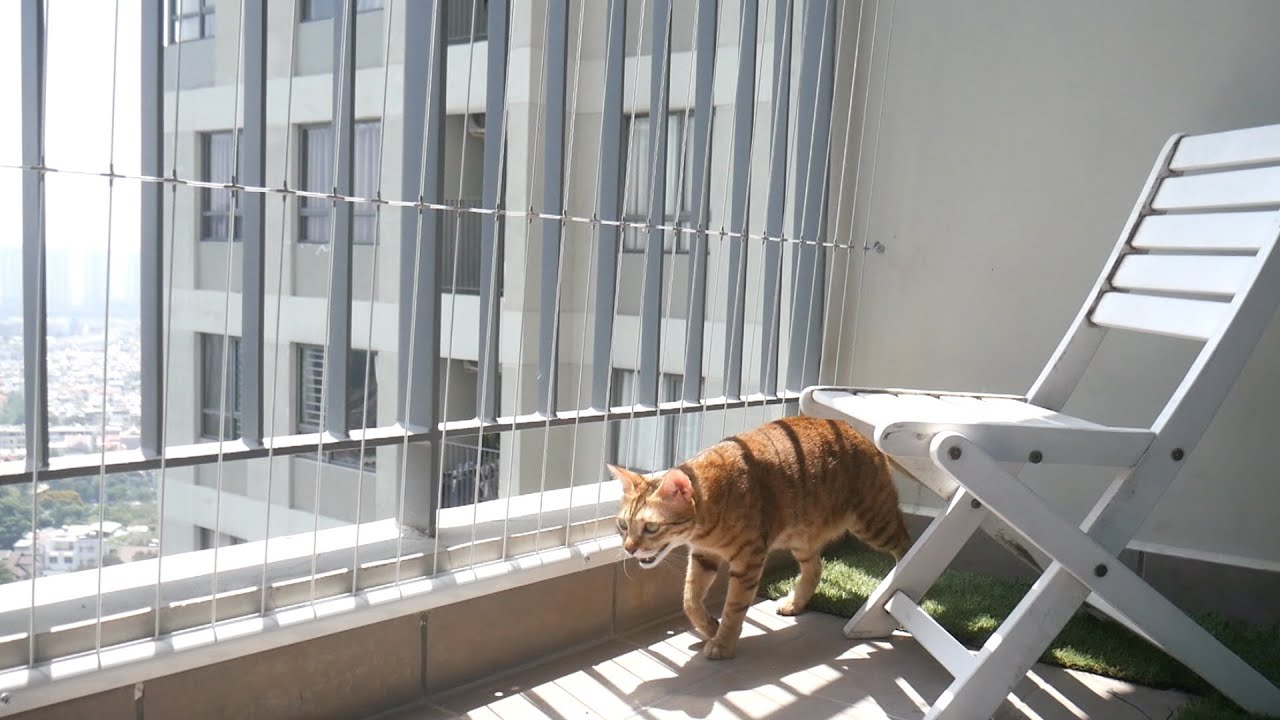
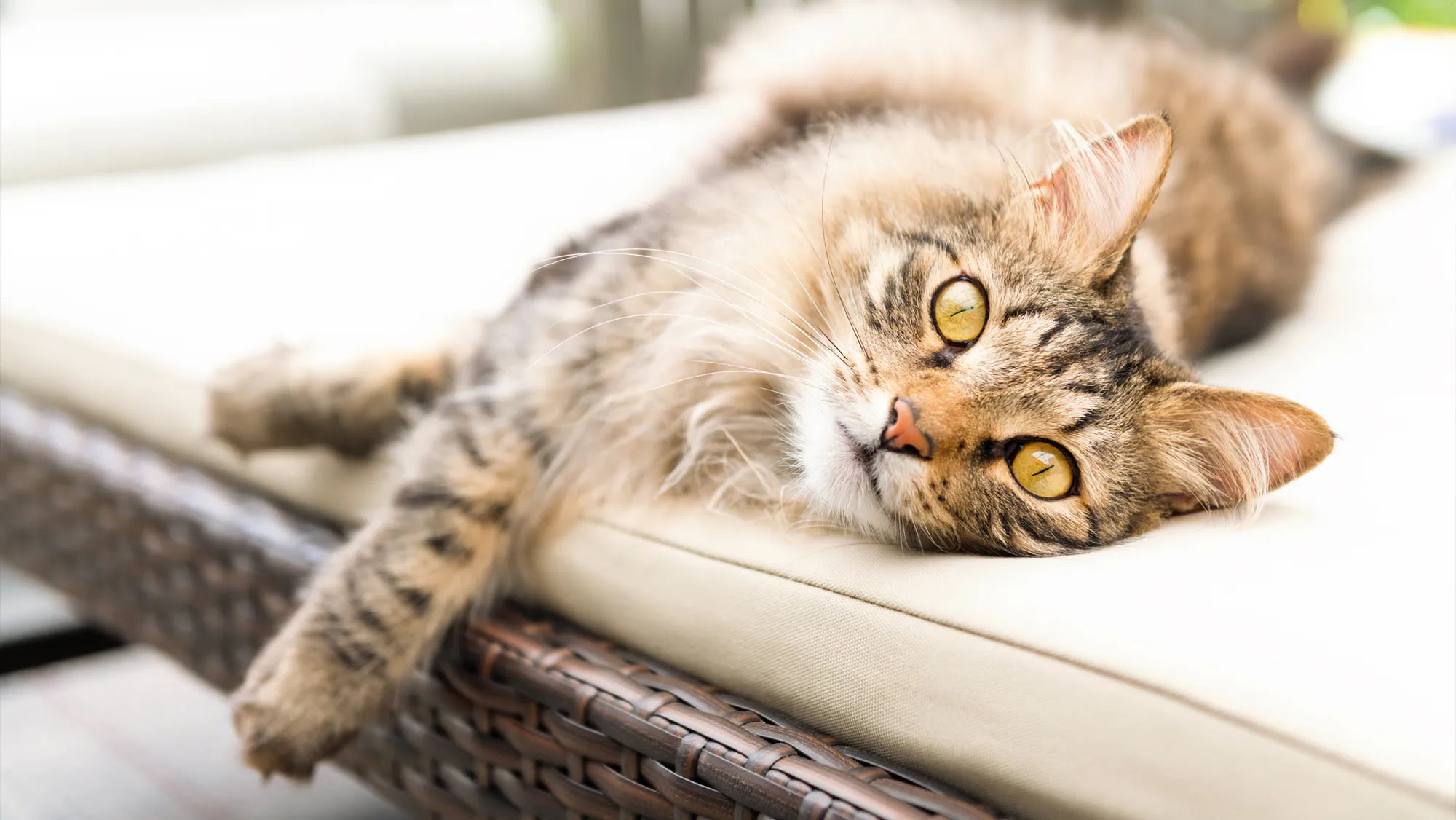

0 thoughts on “How To Keep Cats From Scratching Leather Furniture”